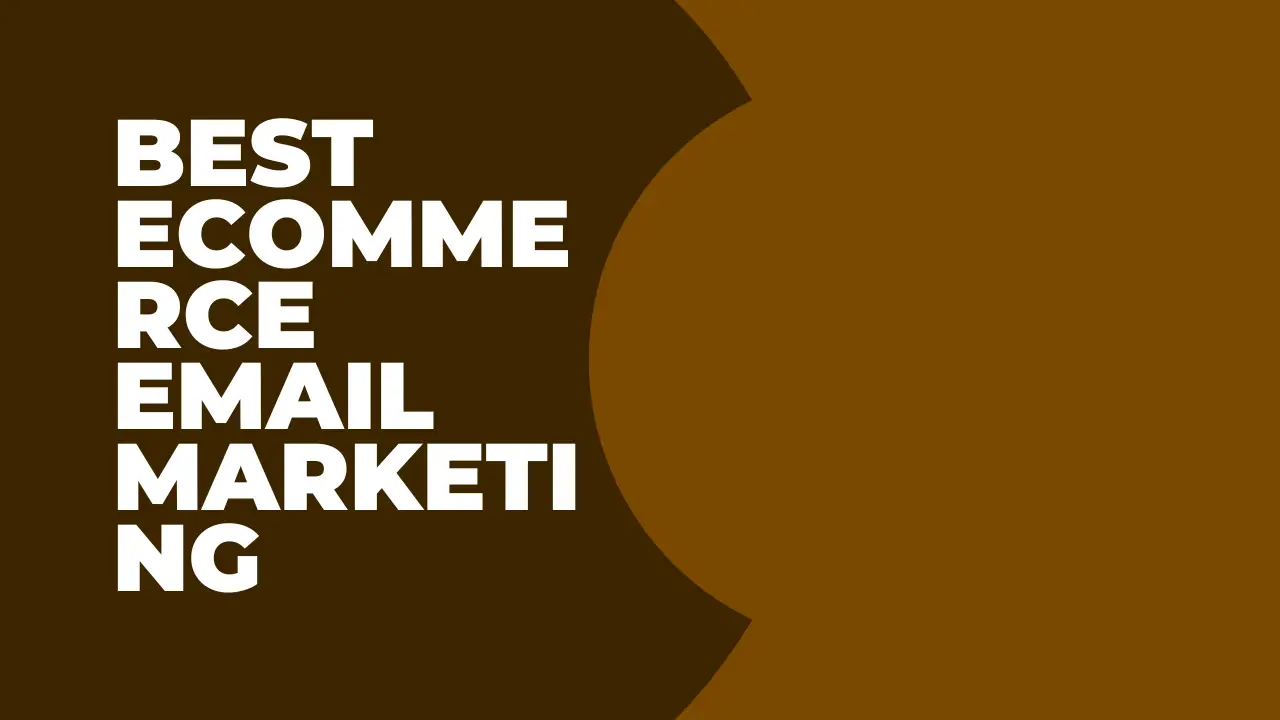The Foundation: Building a High-Quality Email List
Before you can send a single email, you need a list of subscribers. But not just any list—a high-quality list. The goal is to collect email addresses from people who are genuinely interested in your Need quality email leads for marketing? Get them fast at phone number list brand and products. This is best achieved by offering an incentive in exchange for their email address. A pop-up form on your website offering a discount on their first purchase, a free shipping code, or early access to new products are all effective methods. It’s also a good practice to include an opt-in at the checkout process and to promote your newsletter on social media. Using a double opt-in process, where subscribers must confirm their subscription via an email, is a great way to ensure you're building a list of engaged customers and not bots or spam accounts.
Automate Your Way to Success: Essential Email Flows
The real power of e-commerce email marketing lies in automation. Setting up automated email sequences ensures that you are communicating with your customers at key moments without lifting a finger. The welcome series is the most critical of these flows, as it sets the tone for the relationship. This series should thank the subscriber, introduce your brand's story, and deliver the incentive you promised. Another non-negotiable flow is the abandoned cart series. This sequence of emails gently reminds shoppers about the items they left behind and can include a discount to encourage them to complete the purchase. Other highly effective flows include browse abandonment emails, post-purchase sequences with product tips and cross-sells, and win-back campaigns for inactive customers.
The Art of Personalization and Segmentation
Generic emails are a thing of the past. To stand out in a crowded inbox, you must personalize your messages. This goes far beyond just using the customer’s first name. Effective personalization involves segmenting your audience into distinct groups based on their behavior, demographics, and preferences. For example, you can segment customers based on past purchases, products they've viewed, or how long it's been since their last order. You can then send targeted emails with product recommendations, exclusive offers, or content that is highly relevant to that specific segment. This not only increases engagement but also shows your customers that you understand their needs and preferences.

Crafting Engaging Content and Compelling CTAs
The content of your emails is what keeps subscribers coming back for more. Start with a compelling subject line that creates a sense of urgency or curiosity. Inside the email, keep your design simple, mobile-responsive, and on-brand. Use high-quality product images and scannable text with short paragraphs and bullet points. Crucially, every email should have a clear and compelling call-to-action (CTA). This CTA should be visually prominent and use action-oriented words that tell the recipient exactly what to do, whether it's "Shop Now," "Get Your Discount," or "Learn More." Regularly A/B testing different subject lines, designs, and CTAs is essential for continuous improvement.
The Right Tools for the Job: Choosing an Email Platform
The success of your e-commerce email marketing efforts is heavily dependent on the software you use. When selecting an email marketing platform, look for one that offers robust e-commerce integrations with your store (like Shopify or WooCommerce), powerful segmentation capabilities, and pre-built automation flows. Platforms like Klaviyo, Omnisend, and Mailchimp are popular choices, each with their own strengths. Klaviyo is often favored for its deep data analytics and advanced automation, while Omnisend is excellent for omnichannel marketing that includes SMS and push notifications. For small businesses just starting out, Mailchimp offers a user-friendly interface and a good set of basic features.
Measuring Success and Optimizing for Growth
To ensure your email marketing strategy is truly "best-in-class," you must continuously track, analyze, and refine your campaigns. Key metrics to monitor include open rates, click-through rates (CTR), conversion rates, and revenue per recipient. Pay close attention to which campaigns are performing well and which are falling short. Use A/B testing to experiment with different elements like subject lines, send times, and email layouts. Don't be afraid to test new ideas and make adjustments based on the data. By consistently optimizing your strategy, you can maximize your email marketing ROI and build a loyal customer base that fuels your e-commerce growth for years to come.